The history of the dome of St. Stephen's Basilica, like the church as a whole, is very lively. During the flood of 1838, many residents of Lipótváros, which was being built at that time, found refuge on the promontory on the site of today's Szent István Square. They made a promise to build a church out of gratitude, which the new part of town lacked anyway. In 1845, the outstanding architect of the age, József Hild, was commissioned to design a four-tower, classicist church plan with a huge dome in the middle - the latter evoking the Basilica of Esztergom, which is also his work.
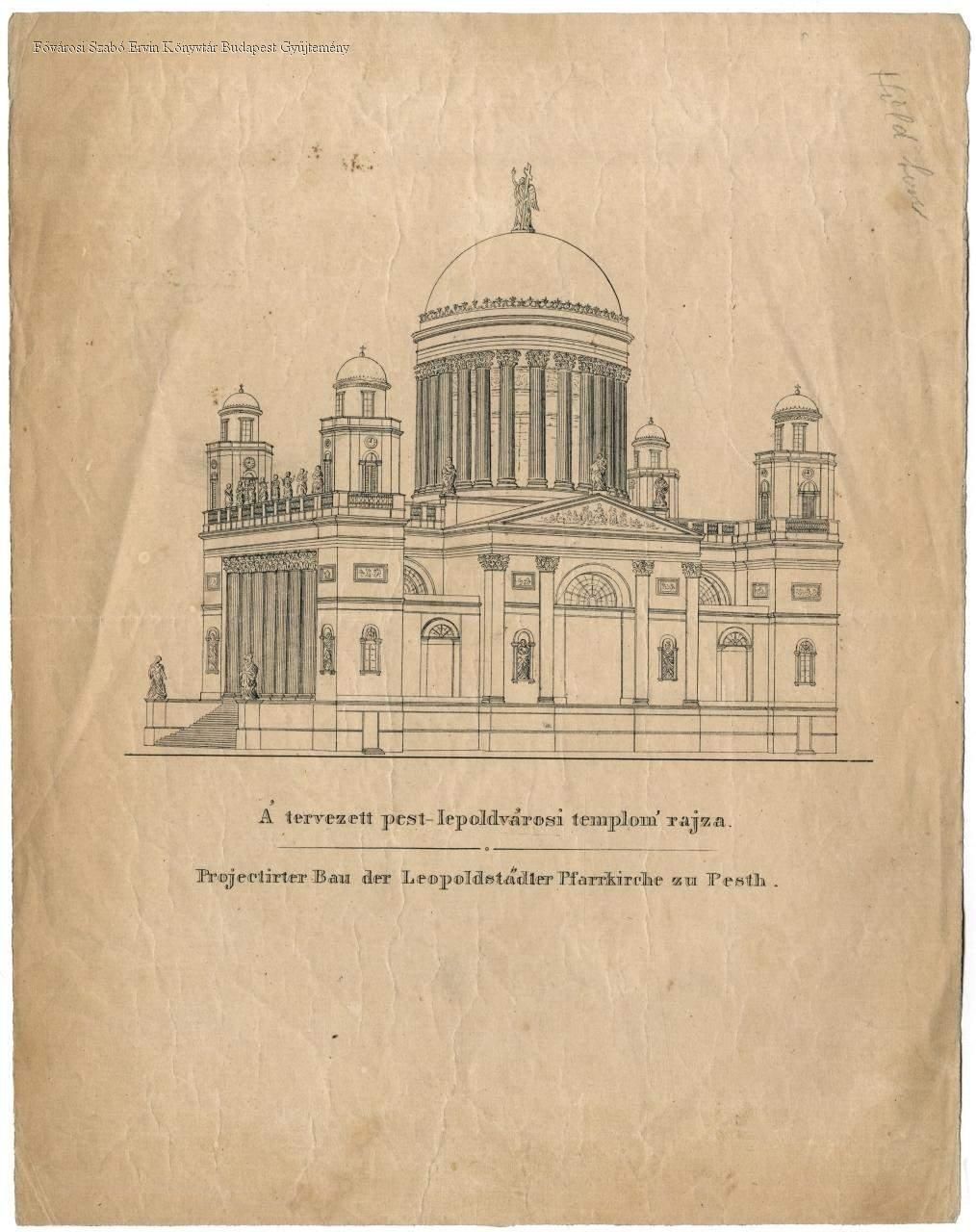
József Hild's plan for the parish church in Lipótváros (Source: FSZEK Budapest Collection)
However, construction could not begin due to the War of Independence, the works only started - with a significant delay - in 1851. The walls rose slowly, and the dome, which was not yet completely finished, collapsed in 1868 due to poor quality building materials. Hild could not see that as he had died a year earlier. Miklós Ybl, who took over his duties, had to handle the situation, and he also reworked the plans and the dome in the Neo-Renaissance style. At the death of Ybl in 1891, the church was basically ready, but the design of the interiors was entrusted to József Kauser.
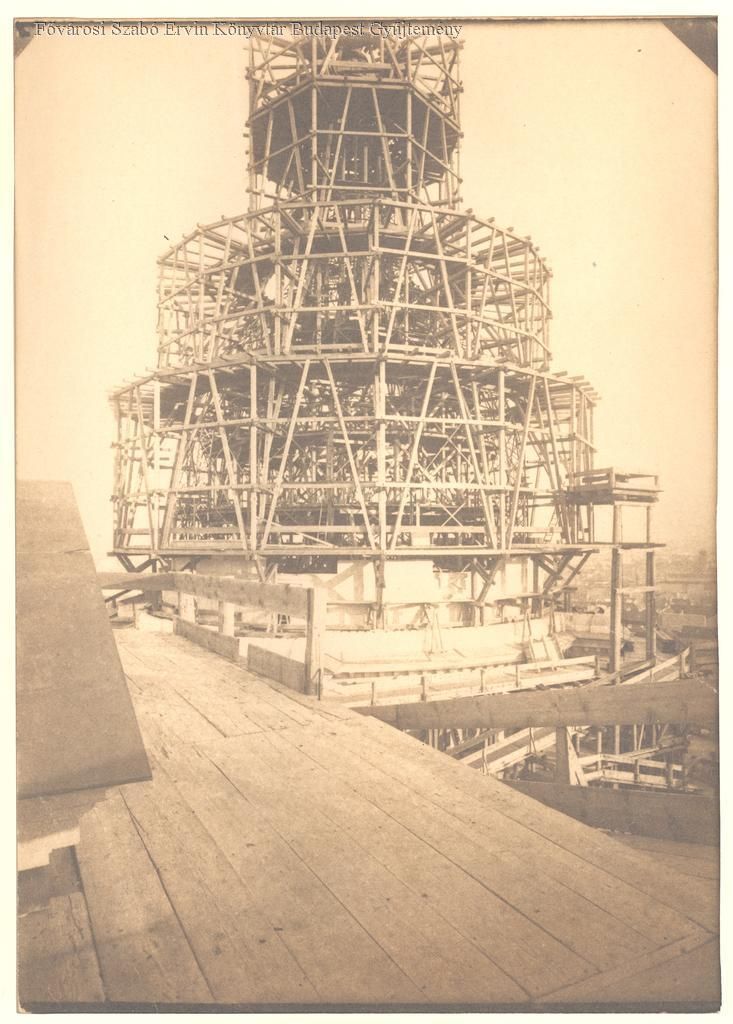
Construction of the dome in the 1880s (Source: FSZEK Budapest Collection)
The noble dome of the basilica is also the work of Miklós Ybl: the hemisphere stretched upwards stands on a high tholobate, and in the middle a slender illuminating roof, called a lantern, rises. This eye-catching building element is stiffened by steel beams, but the spaces between them were filled with wooden panels, and the entire copper cladding was also attached to the wood. The dome visible from the outside is, of course, not in direct contact with the inner dome, there is a considerable distance between the two shells. The inner shell is similar in shape to the outer one, the inner surface is decorated with beautiful frescoes by Károly Lotz.
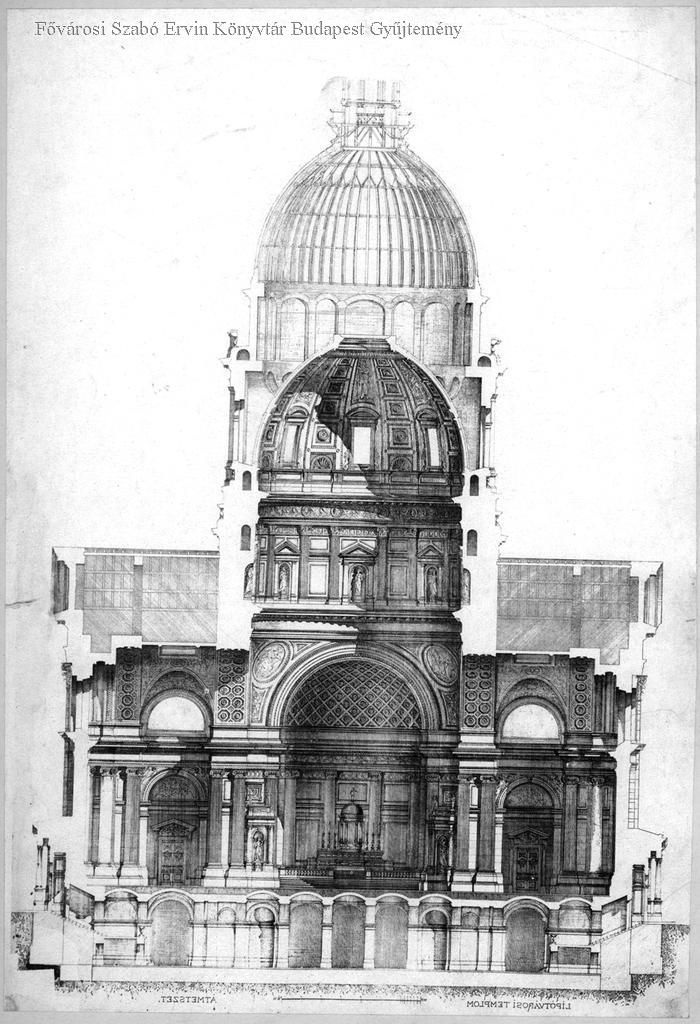
The outer and inner dome shells can be seen on the section of St. Stephen's Basilica (Source: FSZEK Budapest Collection)
During the World War II siege of Budapest, the basilica also suffered serious damage, the restoration of which took even the summer of 1947. On 20 June, the copper plates of the dome were just soldered together by tinsmiths as embers erupted from one of the soldering furnaces on the north east side. In the summer heat, the dried-out wooden boards between the steel stiffeners were easily caught on fire, and the fire spread quickly.
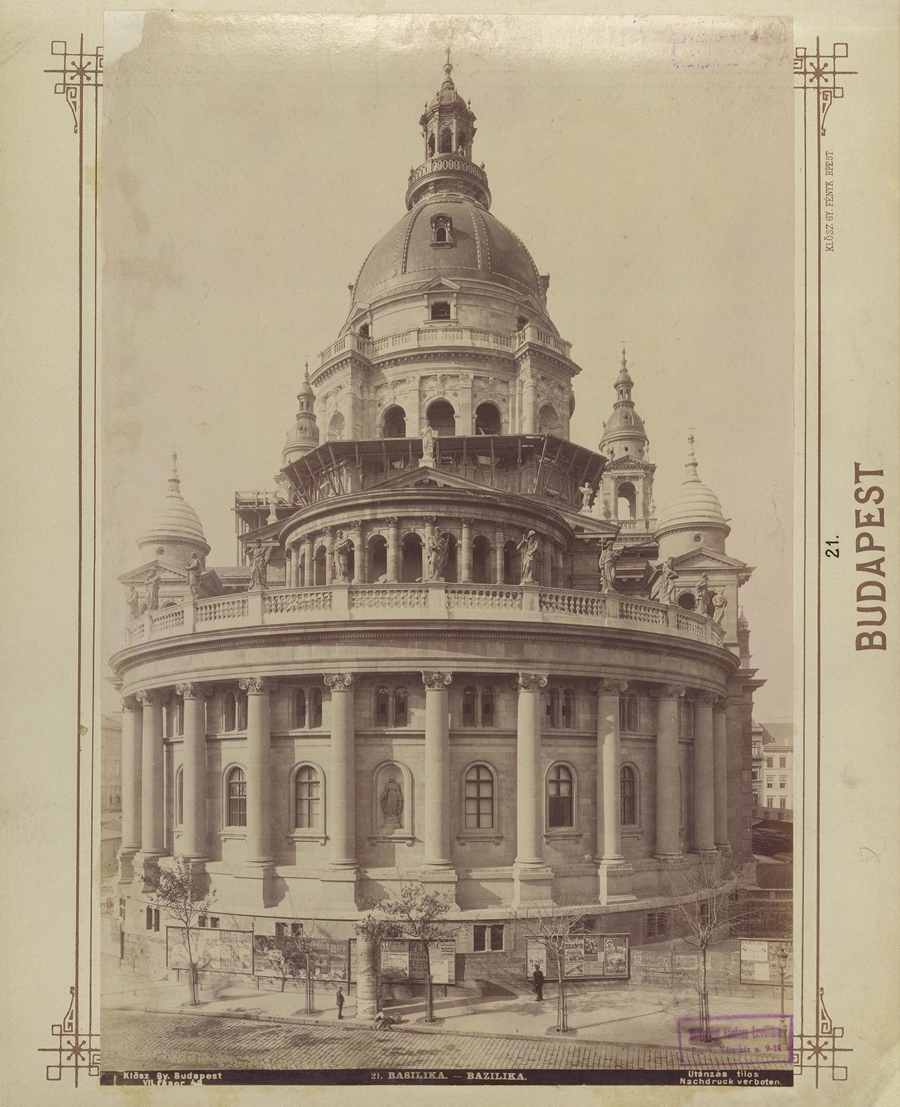
The St. Stephen's Basilica from Bajcsy-Zsilinszky Road (then Váci Boulevard) in 1893 (Source: Fortepan/Budapest Archives, Reference No.: HU.BFL.XV.19.d.1.07.022)
Workers immediately notified firefighters who arrived at the scene within ten minutes. Water quenching, on the other hand, was used only to the extent that the fire did not spread outside the dome, the dome itself was not watered, as the it would have rushed onto the inner shell, destroying the priceless frescoes. Incidentally, the professional intervention was led by Kornél Szilvay, the fire brigade commander of Budapest. According to the report, the fire went out in seventy-five minutes. The contemporary film newsreel also reported on the fire and extinguishing.
The dome was luckier than in 1868, as its structure was basically undamaged, so restoration could begin immediately. The government provided 1 million HUF in emergency aid for the representative work, the engineering tasks of the reconstruction were entrusted to Pál Csonka, and the architectural design was entrusted to Jenő Kismarty-Lechner.
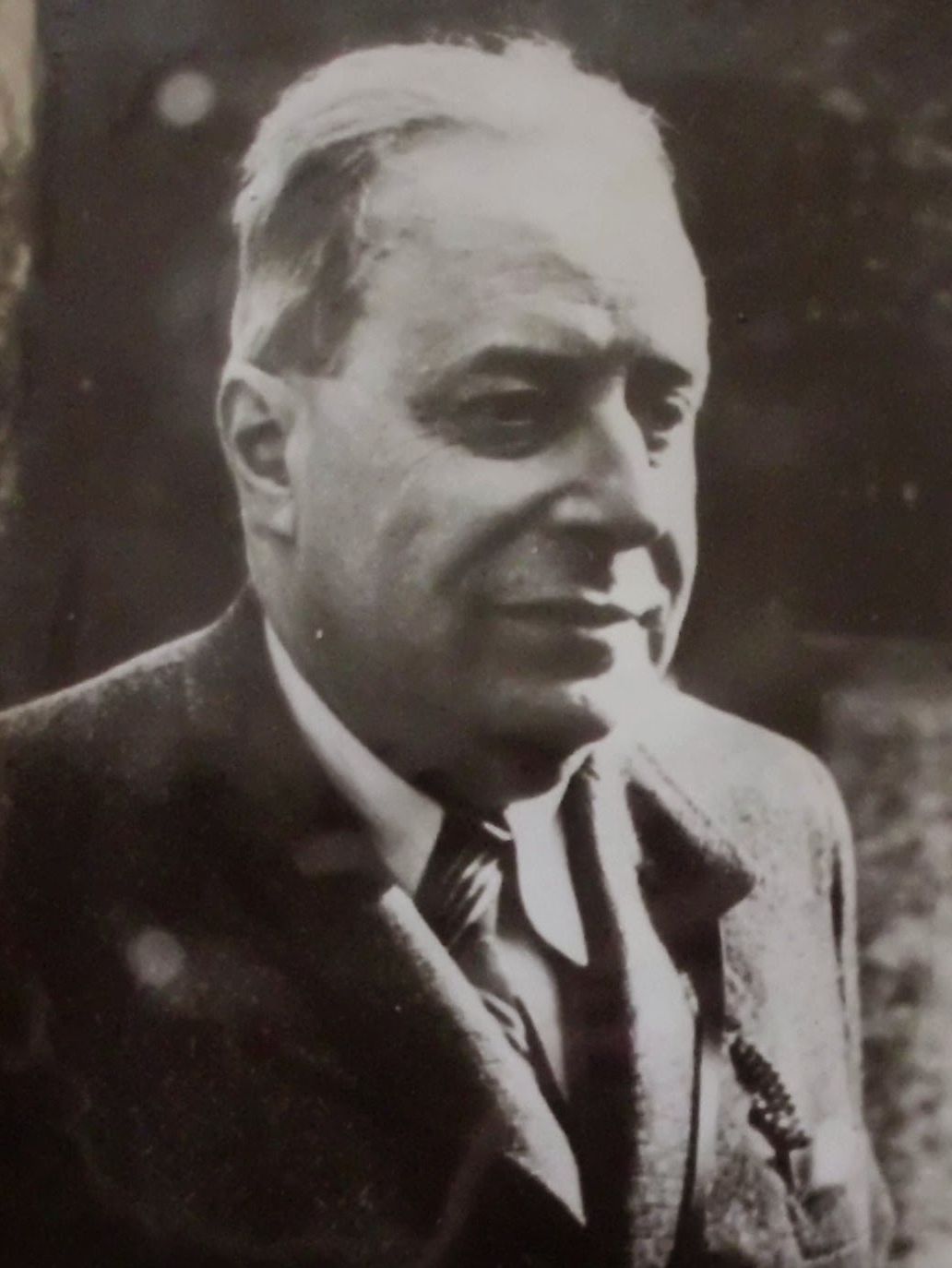
Jenő Kismarty-Lechner and his son designed the new copper cladding of the dome (Source: BTM Kiscelli Museum)
Csonka straightened the curved parts of the iron structure, and cut out the softened elements and replaced them with new ones. Kismarty-Lechner had a harder time: on the one hand, he could barely see because of his illness, so he worked with his son named Jenő as well, but the young Lajos Zalaváry, who was still studying architecture at the time, also took part in the work. A bigger problem was that the original designs of the dome did not survive, so they were forced to make the necessary drawings based on photos. To prevent subsequent fires, the new copper cladding was not attached to the wooden base but directly to the metal frame.
However, the restoration took a long time, as the emergency aid ran out in the spring of 1948, but at that time the top of the dome and the lantern were still uncovered. The work was finally completed by 1949.
A video about the burning of the dome of St. Stephen's Basilica can be seen on filmhiradokonline.hu.
Cover photo: St. Stephen's Basilica (Photo: Works of Ybl - 52 settlements, 113 buildings, Látóhatár Publisher, 1914, photo by Sára Timár)








Hozzászólások
Log in or register to comment!
Login Registration